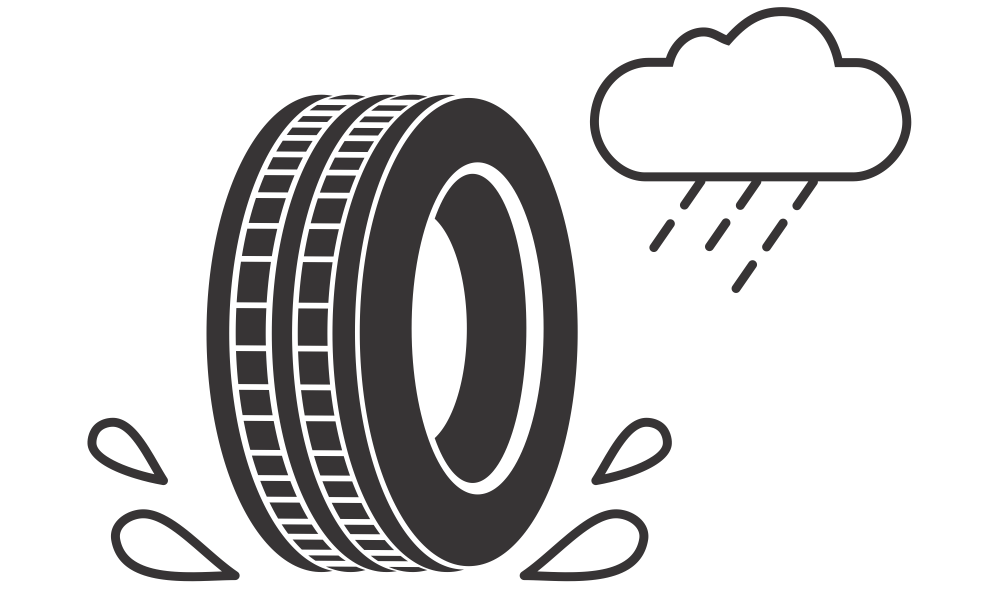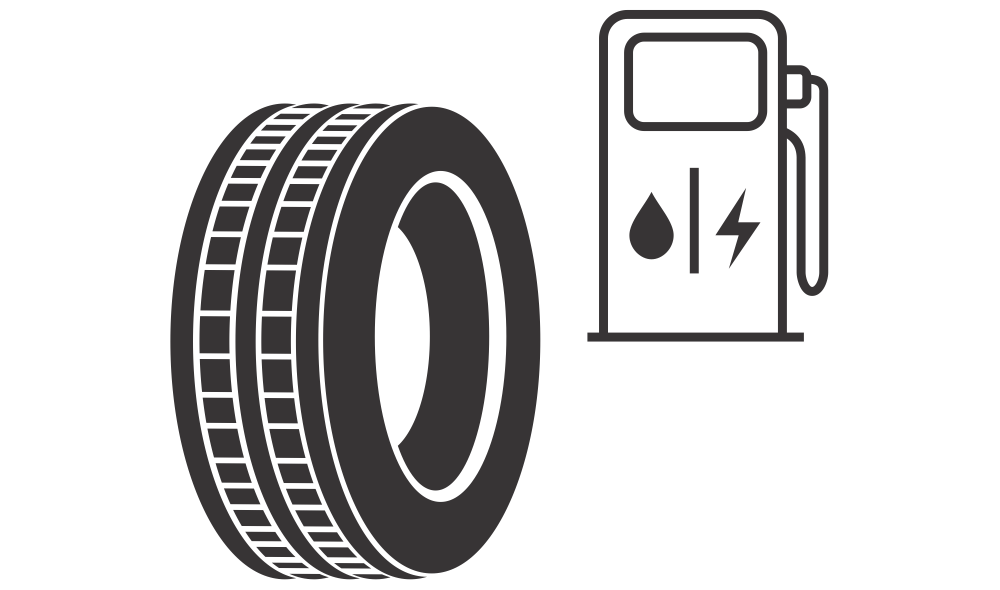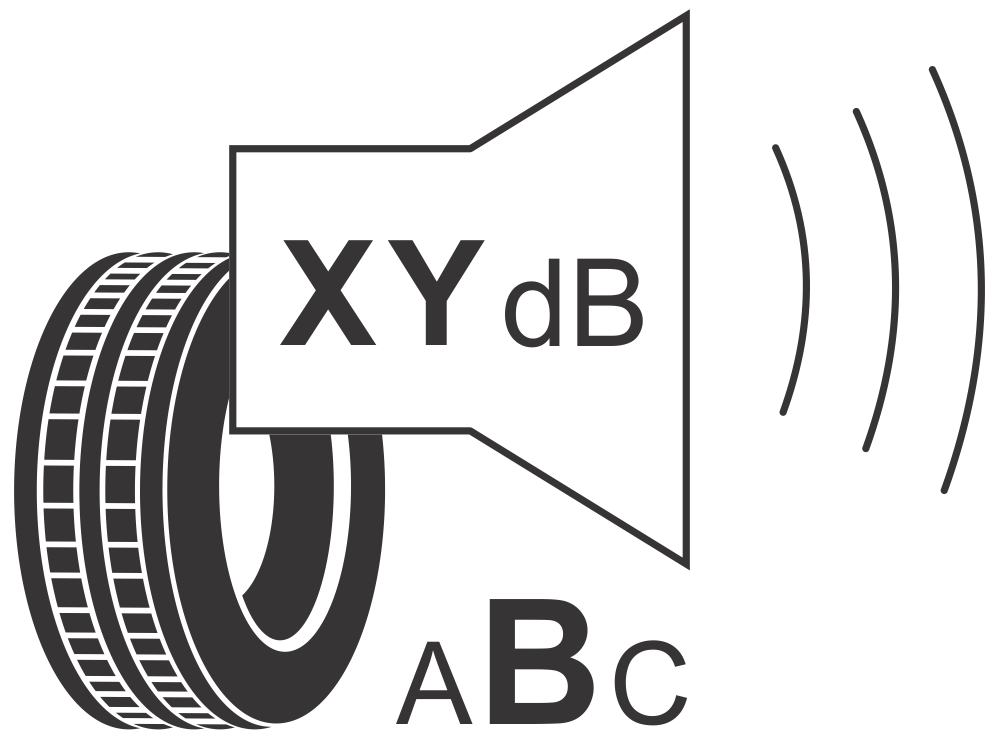EU Tyre Labelling
Tyre labelling regulations were introduced by the EU in November 2012. It has been designed to give valuable information to consumers in a simplistic format - ultimately helping drivers to make more informed decisions when purchasing tyres.
What does the tyre label tell me?
The main purpose of the labels is to make driving safer, more economical, less polluting and less noisy. The tyre labels help shed light on how tyres perform according to three categories:
Wet Braking Ability

Wet conditions drastically affect the grip and braking performance of a tyre, in comparison to dry braking.
There are hundreds of specially designed wet weather tyres, each with their own specific sipes and tyre walls designed to prevent aquaplaning in different ways.
This safety feature is one of great importance and therefore is assessed and included in the EU Tyre Label.
The label shows a clear class of wet braking ability. Tyres with better wet grip, deliver shorter braking distances on wet roads. The rating works downwards from 'A' for the highest wet grip performance, to 'G' for the lowest performance.
Fuel Efficiency

The efficiency of a tyre can be controlled by reducing the rolling resistance. The energy lost when a tyre is moving is called ‘rolling resistance’. A tyre with low rolling resistance means it has lower fuel consumption and less CO2 emissions.
The rating for fuel efficiency works downwards from 'A' for the best performing tyre, to 'G' for the least performing.
“Save up to £110 or 80 litres of fuel over the life of the tyres. That’s for a car fitted with four A-rated tyres driving at 50mph – it uses 7.5%1 less fuel than with G-rated tyres.” http://www.michelin.co.uk
Noise Pollution

Tyres also affect the environment with the noise that they generate. Tyre manufacturers must comply with laws which include limits in the amount of noise their products generate.
For tyre labelling, the tests are carried out on a vehicle travelling at 50mph with the engine switched off (freewheeling). Below 30mph the noise from a vehicle mostly comes from the engine. Its only when the car reaches speeds above this that the tyres begin to affect the environment.
The results are measured in decibels and shown on the tyre label by a value of sound waves. The graphic symbol displays one black sound wave for the quietest performance, and up to three black sound waves for the loudest.
The introduction of EU Tyre Labelling system has had a significant impact on consumer decisions. If you have any queries regarding tyre labelling find your nearest Setyres branch here and feel free to call our friendly staff who will help out with any questions you might have.